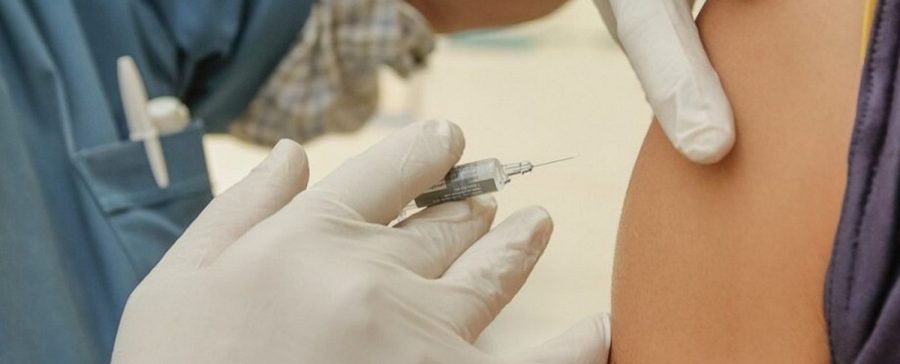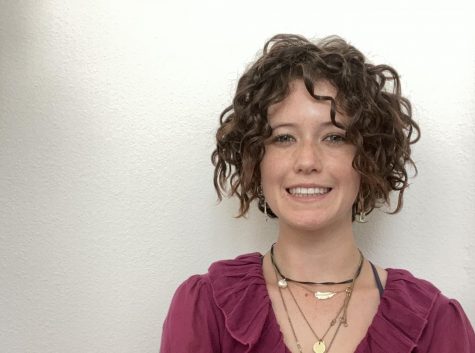Vaccination Inequity Is Becoming A Major Global Issue
Photo Courtesy of Berkeleyside
The COVID pandemic has been a struggle across the globe. In the process of recovering from the pandemic, there has developed an issue of vaccination inequity. While the U.S. and the U.K. are distributing vaccines at relatively fast rates, many other countries are experiencing setbacks in the vaccination process.
April 29, 2021
The United States vaccine rollout has been relatively fast and effective compared to other countries. As of April 24th, about 28% of the U.S. population has been fully vaccinated.
The U.S. and the U.K. have been the most successful in vaccine distribution. Early on, both countries made bulk purchases of various vaccine candidates, without knowing which ones were going to be effective.
Other countries, however, approached the vaccination process more cautiously and are experiencing setbacks in their distribution. Countries in the European Union took longer to approve the vaccine and didn’t begin to buy doses until four months after the U.S.
“The U.S. and the U.K. locked in their supplies before they knew the vaccine was going to work. The EU was more risk-averse,” said Lawrence Gostin, a professor of global-health law at Georgetown University.
Once the vaccines were approved by the European Commission, the EU began to buy doses but didn’t buy enough for the population. In the meantime, Europe is experiencing another wave of COVID cases. People are getting COVID at higher rates than those who are getting vaccinated.
This pattern is consistent with other countries. India is currently undergoing a humanitarian crisis involving a massive influx of COVID cases. Many cases had gone unreported, and that’s mainly due to ineffective testing. While India has reported 17.6 million cases since the beginning of the pandemic, that number could be as many as 1 billion cases.
The numbers are skewed because many people who are asymptomatic do not get tested — they never assume that they were infected. For those that want to get tested, there is an issue of accessibility. It’s much more difficult to obtain a COVID test in a rural area because it requires someone to sacrifice work time to find a test center. It’s for this reason, also, that it’s extremely difficult for people to get vaccinated in places, such as India.
In addition to the miscount in COVID cases, the national number of deaths is also being under reported. India has reported nearly 198,000 COVID deaths, but that number could be closer to 990,000.
Many people in India don’t die in hospitals but rather at home or in other places. As a result, the cause of death is not known for many of these individuals and is, therefore, not being reported as a COVID-related death. This was a major problem in the beginning of the pandemic for many countries, including the U.S., who have since then been able to conduct excess death calculations to avoid a huge miscount.
“I don’t think any family has been spared a Covid death. There’s a missing person in every family that I can think of,” said Ramanan Laxminarayan, director of the Center for Disease Dynamics, Economics and Policy in New Delhi.
Countries who have been more successful in recovering from the pandemic, like the U.S. and the U.K., are offering assistance to India in the form of medical equipment. President Biden intends to send roughly 60 million doses overseas to help India and other countries struggling against the COVID pandemic.



